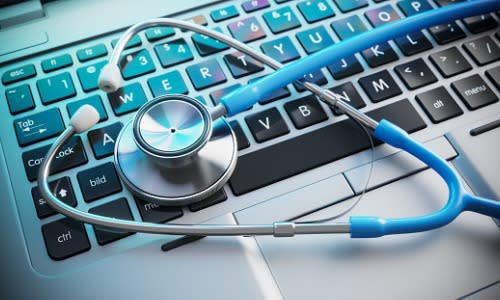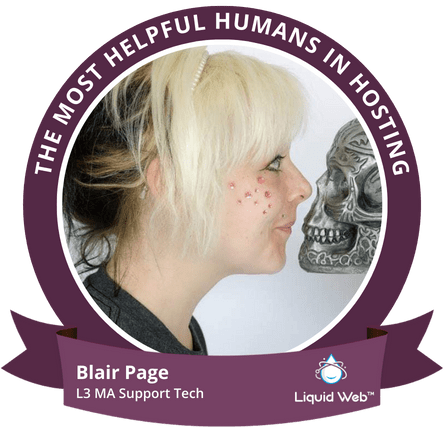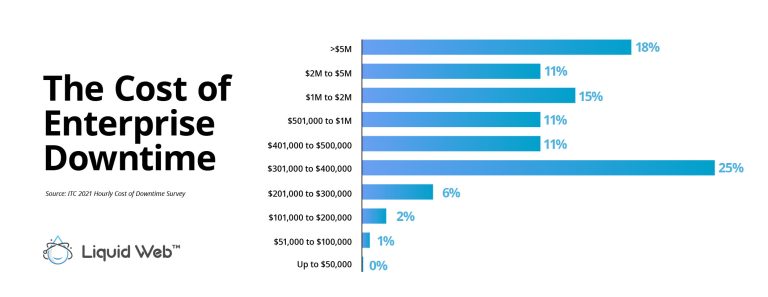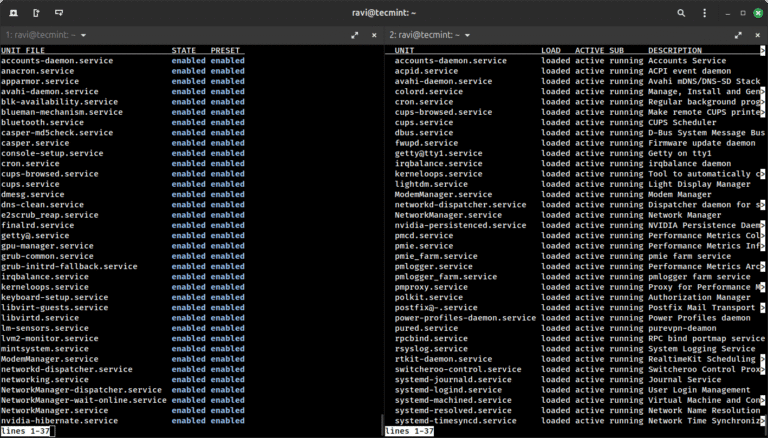Healthcare organizations and their patients have growing concerns about data privacy in today’s digital world. The US government addresses this concern by promoting healthcare compliance through the Health Insurance Portability and Accountability Act (HIPAA). This federal legislation safeguards patient information while standardizing electronic communications about healthcare. HIPAA is part of an ongoing healthcare compliance evolution that changed how health systems and processes operate. Learn how today’s healthcare industry complies with security regulations for the privacy of patient data.
Table of Contents:
How Healthcare Providers Manage Compliance
Healthcare providers have a record for keeping up with the dynamic compliance landscape. For instance, the HITECH Act of 2009 and the Omnibus Rule of 2013 introduced new requirements for businesses to follow. These changes are often in response to high-profile security breaches.
Health insurance giant, Elevance Health (formerly Anthem, Inc.), had an unprecedented security breach in 2015, affecting nearly 80 million people. Such incidents are prompting healthcare providers to invest in security technologies like data loss prevention (DLP) and endpoint security solutions. DLP is a system that identifies sensitive data for protection against unauthorized access and unintended data loss. Meanwhile, endpoint security solutions are implemented to fight against malware and other cyberattacks.
Due to the sensitivity of patient data, HIPAA requires healthcare providers to comply with physical, technical, and administrative regulations. This involves mandatory risk assessments and guidelines against these risks. Therefore, one of the biggest challenges of managing compliance is understanding the rules.
The good news is that many resources are available to help healthcare providers with compliance. For example, the government offers a variety of guidance documents, webinars, and training materials. Many private companies also provide compliance consulting services and IT management solutions.
The Future of HIPAA and Its Impact on Patient Care
Healthcare is evolving, and so are the compliance requirements set by HIPAA. Regulations like HIPAA have shaped how patient care is delivered and health information is managed. As new rules continue to be added, businesses have relied on experts like third-party technology providers to develop HIPAA-compliant solutions to guide the future of healthcare.
While these solutions are meant to protect patients’ privacy, HIPAA-compliant solutions also help ensure that healthcare providers can focus on providing quality care without having to worry about violating HIPAA regulations. Finally, healthcare providers must be more vigilant as compliance becomes more stringent. Failure to comply with HIPAA regulations can result in hefty fines and jail time.
HIPAA is a daily reality and a critical part of health compliance. As such, it is a crucial part of how organizations in the healthcare field can leverage technology. But other new and exciting innovations and trends are also worth attention.
These HIPAA and healthcare trends span from deeper adoption of electronic data and recordkeeping to advances in artificial intelligence to improve patient care. Below is an examination of technology trends, healthcare trends, and the cross-section of the two.

Emerging Technology Trends in the Healthcare Industry
Advancements in technology also shape the healthcare industry. Here are a few trending examples:
Electronic Health Records (EHRs)
Electronic health records (EHRs) are prevalent in healthcare settings today as their value over paper records is recognized. For example, EHRs provide clinicians with easy access to vital patient information. Digital records also reduce the risk of medical errors and improve the health management of patients. Digital records also make storing files and searching for them at a later date easier than paper records.
Telemedicine
Telemedicine is another emerging technology that impacts traditional healthcare. It’s defined as remote patient care using video conferencing and other communication tools. For instance, patients today can test for COVID from home with an online clinician supervising the process. This is exceptionally accommodating for patients who have difficulty accessing traditional healthcare services.
More and more patients are warming up to the convenience of telemedicine, opening the door for more frequent care from their physicians or specialists. Even better, telemedicine expedites giving and receiving care as scheduling for both patient and caregiver is not complicated or constrained by travel or a physical location. In many cases, as with a slight ailment or question, a doctor-on-demand can provide service right away in contrast to waiting days or weeks to see a specific general practitioner.
Mobile Health Applications
Mobile health applicationsare also beginning to play a role in healthcare. These apps have features like appointment reminders, medication management, and disease tracking. However, one of the most significant benefits of mobile health applications is the improved interaction between patients and their care teams.
A valuable complement to mobile health apps that manage appointments or reminders are apps that help users choose healthy foods, manage weight and exercise, or track useful diagnostics. In addition, the use of wearable devices like the Apple Watch and Fitbit continues to increase. The possibility of healthy living is now the domain of anyone with a smartphone. This adoption has a waterfall effect on healthcare providers and caretakers.
Each of these technologies has improved patient care, bringing new compliance challenges. For example, EHRs give healthcare providers quick and easy access to patient health information. Unfortunately, this also means a greater risk of unauthorized access. Telemedicine is another area where compliance challenges are emerging. It’s still complicated to safeguard health information with telemedicine. While mobile health applications are widespread, these apps often collect information from users, which raises concerns about how this data is managed.

Healthcare Company Trends in 2024
With these critical considerations in mind, new HIPAA and healthcare trends must overlap between technology and patient care. For example, telemedicine is an excellent idea for patients and doctors alike so long as privacy can be maintained. Likewise, mobile applications are a great idea so long as localization and adherence to state compliance requirements can be managed.
Looking through that lens, here are some of the HIPAA and healthcare trends of 2024 that are shaping the healthcare industry:
The Rise of Remote Work
In the wake of the COVID-19 pandemic, many organizations have had to adapt to a new reality of remote work. This is a significant shift in compliance, as organizations must ensure that remote employees adhere to security protocols. Monitoring employees to prevent compliance violations is a challenge for healthcare organizations.
In addition to compliance interests, remote workers bring challenges regarding training, productivity, and efficiency. While remote work started to gain widespread adoption in 2020 and 2021, the healthcare field is only recently joining the movement to make more positions fully remote.
Increased Focus On Cybersecurity
There has been a greater emphasis on cybersecurity in 2023. This is because cyber threats are expanding, and data breaches can be very costly. Earlier this year, IBM reported that the average cost of data breaches was $4.45 million USD. As a result, healthcare organizations must protect their data and proactively assess any risks to avoid such consequences.
Security has always been a critical concern of healthcare companies and service providers. Yet, with the threat surface increasing to include ransomware attacks, phishing attempts of remote employees, and other sophisticated threats, healthcare providers must remain vigilant when protecting patients and their intellectual property.
The Rise of AI and Machine Learning
Artificial intelligence (AI) and machine learning are frequently used in compliance solutions to automate and streamline processes. These technologies can be used to monitor employee activity, identify potential risks, and take action to prevent compliance violations. Additionally, AI and machine learning can help organizations adapt to the ever-changing compliance landscape, as these technologies are often designed to scale.
Increased Regulation and Globalization
Overall, we can expect even more changes in compliance regulations as the healthcare industry advances. New technologies and HIPAA and healthcare trends will likely introduce unknown compliance risks, which will need to be addressed by organizations to stay compliant. Additionally, the healthcare industry is becoming increasingly globalized, which means that organizations must be aware of a broader range of compliance regulations.
Managing Compliance Costs
Compliance can be costly for healthcare organizations, particularly small and mid-sized businesses. As a result, organizations need to find ways to manage their budgets and investigate cost-effective solutions. One way is to leverage a third-party IT provider to manage technical compliance.
Bottom Line
Healthcare organizations have a responsibility to protect the privacy of patients. Consulting a third-party IT provider can help you get started if you still need to assess HIPAA compliance. The right third-party provider will have compliance experts to help you develop practical solutions while tailoring them to your budget.
In addition to complying with HIPAA requirements, savvy healthcare organizations are adopting new technologies daily. The right technology can be a competitive advantage, from AI to business intelligence to advanced EHR. Following these new HIPAA and healthcare trends of 2024 will help you be more compliant and keep you at the forefront of innovation.
Liquid Web is among the most trusted partners in the technology space when it comes to developing HIPAA-compliant solutions and helping healthcare providers choose the right technology to grow into the future.
Contact us now to learn how the right technology can make a difference for your healthcare organization.





